The enigmatic wolf-dog hybrid has captivated human imagination for centuries, representing a living bridge between our domesticated companions and their wild ancestors. These creatures embody a complex genetic heritage that has only recently begun to be unraveled through advanced scientific research. As our understanding of canine genetics deepens, so too does our knowledge about the intricate biological tapestry that defines wolf-dog hybrids. From their behavioral predispositions to their physical characteristics, genetic studies have illuminated the fascinating and sometimes challenging reality of these animals. This exploration into wolf-dog hybrid genetics reveals not just scientific facts, but also raises important questions about our relationship with canines and the ethical considerations of creating animals that exist between two worlds.
The Genetic Foundation of Wolf-Dog Hybrids

Wolf-dog hybrids result from the crossing of Canis lupus (wolves) with Canis lupus familiaris (domestic dogs), subspecies that diverged evolutionarily between 15,000 and 40,000 years ago. Despite this divergence, wolves and dogs share 99.9% of their DNA, making successful hybridization possible. Modern genetic techniques, including genome-wide association studies (GWAS) and whole-genome sequencing, have allowed scientists to identify specific genetic markers that differentiate wolves from domestic dogs. These molecular tools enable researchers to determine the precise wolf content in hybrids, moving beyond the traditional but imprecise “F1,” “F2,” or percentage descriptors. DNA analysis can now pinpoint specific gene variants that influence everything from physical characteristics to behavioral tendencies in these complex animals.
Mitochondrial DNA and Paternal Lineage Studies

Genetic researchers employ mitochondrial DNA (mtDNA) analysis to trace maternal lineages in wolf-dog hybrids, as mtDNA is inherited exclusively from the mother. This technique has revealed that most intentional wolf-dog hybridization occurs through male wolves breeding with female dogs, though the opposite combination also exists. Y-chromosome studies complement mtDNA analysis by revealing paternal lineages, providing a more complete picture of hybrid ancestry. These genetic investigations have uncovered unexpected findings, including evidence of historical wolf genetic material in many modern dog breeds, particularly those of northern origin like Huskies, Malamutes, and certain shepherd breeds. Such studies have revolutionized our understanding of canine evolution, showing that hybridization between wolves and dogs has occurred naturally throughout history, not just through recent human intervention.
Physical Trait Inheritance Patterns

Genetic studies have illuminated the complex inheritance patterns of physical traits in wolf-dog hybrids. While some people might expect hybrid physical characteristics to represent a simple average between wolf and dog traits, the reality is far more intricate. Research has identified numerous genes controlling traits like coat color, ear shape, tail carriage, and body size, many of which follow non-linear inheritance patterns. For example, the gene SLC24A5, involved in pigmentation, shows different expression patterns in hybrids compared to either parent species. Wolf characteristics like almond-shaped eyes, longer legs, and narrower chests are controlled by multiple gene interactions rather than single genetic switches. The MC1R gene, which influences coat color, demonstrates how wolf-dog hybrids can express unexpected phenotypes that don’t appear in either parent, creating unique physical manifestations that often make visual identification of hybrid status challenging without genetic testing.
Behavioral Genetics: Nature vs. Nurture

One of the most significant areas of wolf-dog hybrid research focuses on behavioral genetics—the study of genetic influences on temperament and behavior. Studies have identified several genes associated with domestication traits, including variants of the SLC6A4 gene, which influences serotonin transport and affects stress responses and sociability. Researchers at the University of California discovered that wolf-dog hybrids typically inherit a complex mixture of behavioral traits, with genes related to fearfulness, territorial behavior, and predatory drive showing particularly strong heritability. However, these genetic studies also emphasize that environment and socialization play crucial roles in behavioral expression. The research demonstrates that while genetics provides predispositions, behavioral outcomes in wolf-dog hybrids result from complex gene-environment interactions. This understanding contradicts simplistic views that hybrid behavior is entirely predetermined by genetics, while also recognizing that certain wild instincts may be more resistant to modification through socialization than others.
Genetic Health and Heterosis Effects
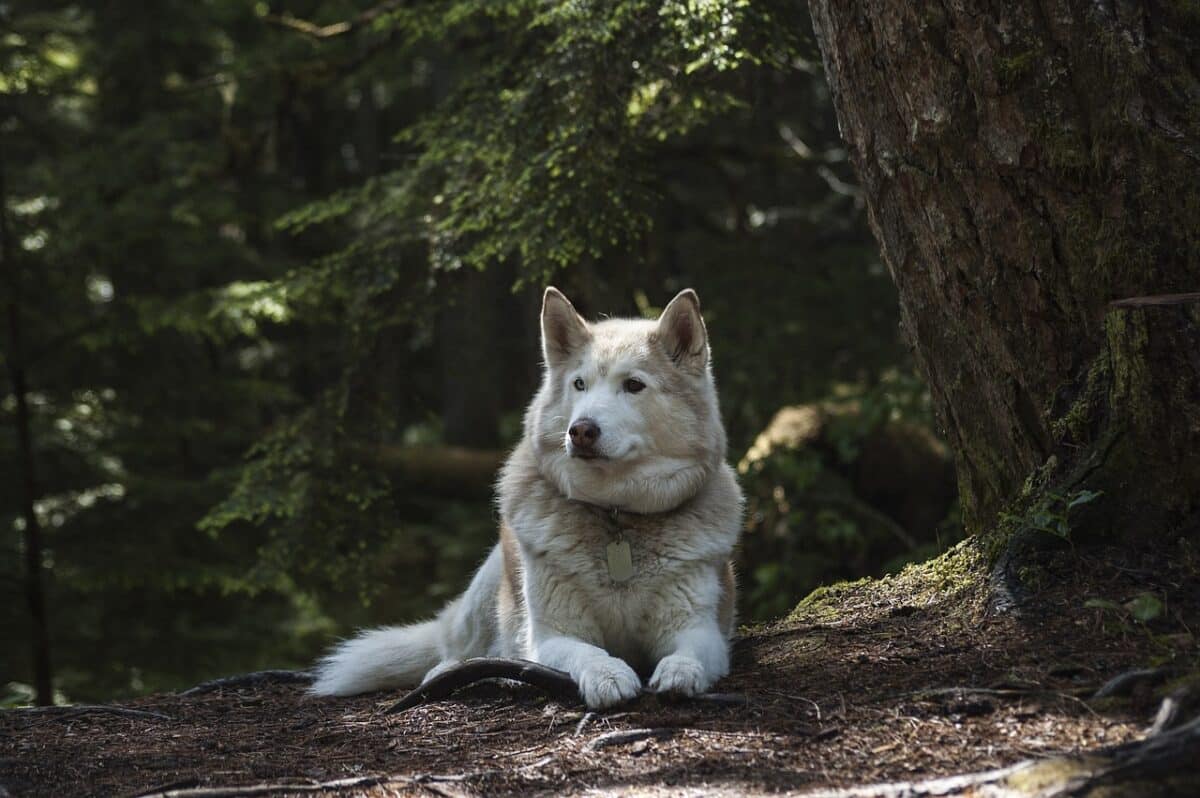
Wolf-dog hybrids experience a phenomenon known as heterosis or “hybrid vigor,” where crossbreeding can result in offspring with enhanced genetic health compared to either parent population. Genetic diversity studies show that first-generation hybrids typically have higher heterozygosity (genetic diversity within an individual) than either wolves or dogs. This increased genetic diversity can provide resistance to certain recessive genetic disorders common in purebred dogs. Research from the University of Helsinki demonstrated that wolf-dog hybrids show lower rates of hip dysplasia than many purebred dogs, likely due to the elimination of deleterious recessive alleles through outbreeding. However, this heterosis effect diminishes in later generations, particularly when hybrids are bred back to either wolves or dogs (backcrossing). Furthermore, hybridization can introduce new genetic health concerns, as the two genomes may contain incompatibilities that only become apparent when combined, resulting in novel health issues not seen in either parent species.
Cognitive Function and Neural Genetics

Advanced genetic studies paired with cognitive research have revealed fascinating insights into the neural genetics of wolf-dog hybrids. Researchers at Duke University’s Canine Cognition Center have identified several genes, including WBSCR17 and GTF2I, which influence social cognition differently in wolves, dogs, and their hybrids. These genes affect the development of brain regions involved in processing social information and forming attachments. Wolf-dog hybrids typically show intermediate expression patterns in these genes, resulting in social cognitive abilities that blend wolf and dog characteristics. For instance, hybrids often demonstrate the problem-solving independence characteristic of wolves while retaining some of the human-oriented attention patterns seen in dogs. Neuroimaging studies complemented by genetic analysis have shown that hybrids possess unique patterns of neural activation when processing social and environmental stimuli, neither fully wolf-like nor dog-like. This research helps explain why wolf-dog hybrids may approach human interaction and training differently than domestic dogs, requiring specialized understanding from their caretakers.
Gene Expression and Developmental Differences
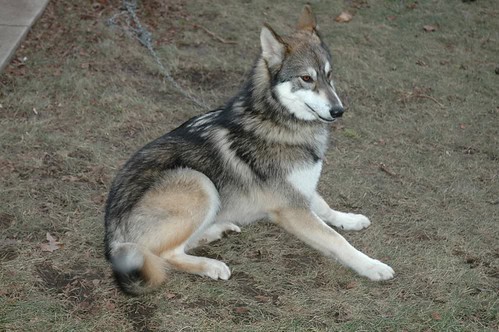
Beyond simply identifying genetic differences, current research examines how genes are expressed differently in wolf-dog hybrids throughout development. Epigenetic studies—research focusing on how genes are turned on or off without changing the DNA sequence itself—reveal that hybridization creates unique patterns of gene expression. Research published in the journal BMC Genomics demonstrated that wolf-dog hybrids show distinctive epigenetic patterns compared to either parent species, particularly in genes related to neural development and stress response. These expression differences explain why hybrid behavior can change dramatically during development, with some wolf characteristics becoming more pronounced as the animal matures. Scientists have identified critical developmental periods where gene expression shifts significantly in hybrids, including during socialization periods (7-12 weeks) and sexual maturity (1-2 years). Understanding these developmental genetics has practical implications for hybrid owners, explaining why a seemingly dog-like hybrid puppy may develop more wolf-like behavior patterns as it matures, regardless of socialization efforts.
Population Genetics and Conservation Implications

Genetic studies of wolf-dog hybridization have significant conservation implications for wild wolf populations. Research using genome-wide association studies has found evidence of domestic dog gene introgression in nearly every wild wolf population studied, though at varying levels. In European wolf populations, particularly in Italy and the Iberian Peninsula, up to 5-10% of the genome shows evidence of historical hybridization with domestic dogs. These findings have forced conservation biologists to reconsider what constitutes a “pure” wolf in the wild. Population geneticists debate whether this admixture threatens wolf conservation through genetic swamping or might actually benefit wolves by introducing genetic diversity that could aid adaptation to changing environments. The U.S. Fish and Wildlife Service has used genetic data to inform management policies, particularly regarding the endangered Mexican gray wolf, where avoiding hybridization with domestic dogs remains a conservation priority. These scientific insights challenge oversimplified conservation approaches and demonstrate the need for nuanced genetic management strategies that consider the complex evolutionary history of canids.
DNA Testing and Hybrid Identification
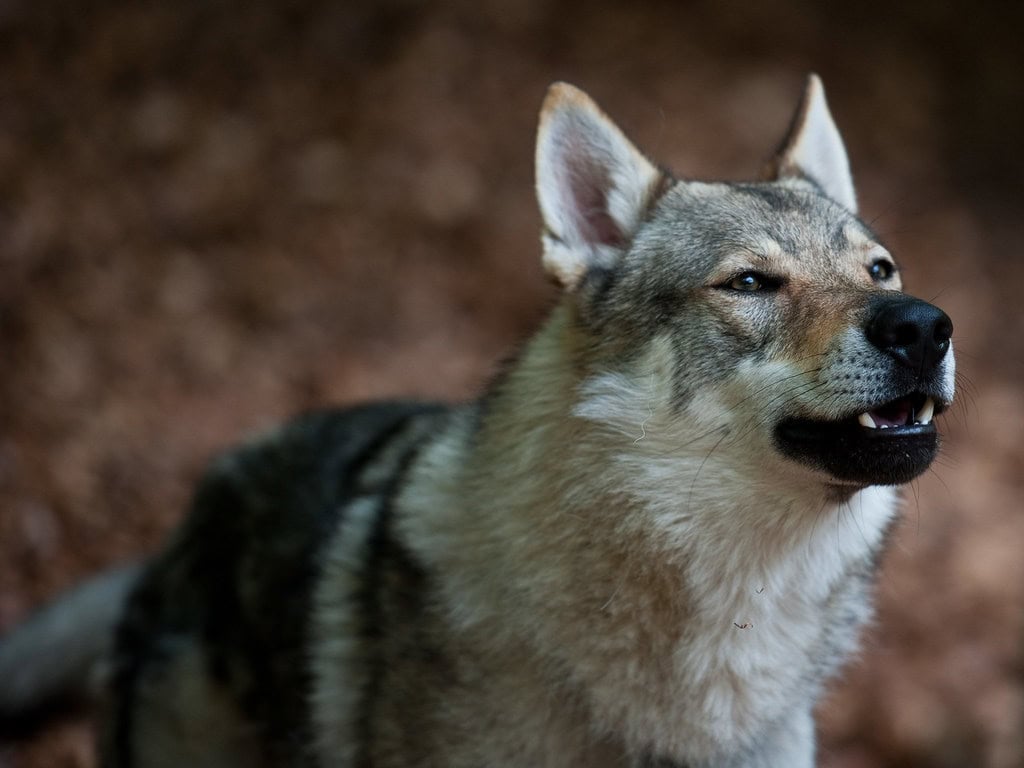
Advances in genetic technology have revolutionized wolf-dog hybrid identification. Modern DNA tests can detect wolf ancestry with remarkable precision, typically analyzing between 100-300 genetic markers specific to wolves versus dogs. Commercial tests now available to the public can detect as little as 1% wolf ancestry and distinguish between different wolf subspecies (gray, timber, arctic, etc.). These tests have revealed surprising results, showing that many animals visually identified as high-content wolf-dogs actually have minimal wolf ancestry, while some animals appearing more dog-like occasionally show significant wolf genetics. Research from the University of California at Los Angeles found that visual identification of wolf-dog hybrids by experts was accurate only about 72% of the time when compared to genetic testing. These genetic identification tools have important practical applications, from informing ownership laws (as many jurisdictions prohibit wolf-dog hybrids above certain content percentages) to helping animal shelters make appropriate placement decisions. The accessibility of these tests has transformed our understanding of the actual prevalence of wolf-dog hybrids in the pet population, indicating they are both more and less common than previously thought, depending on the specific community.
Domestication Genes and Tameness
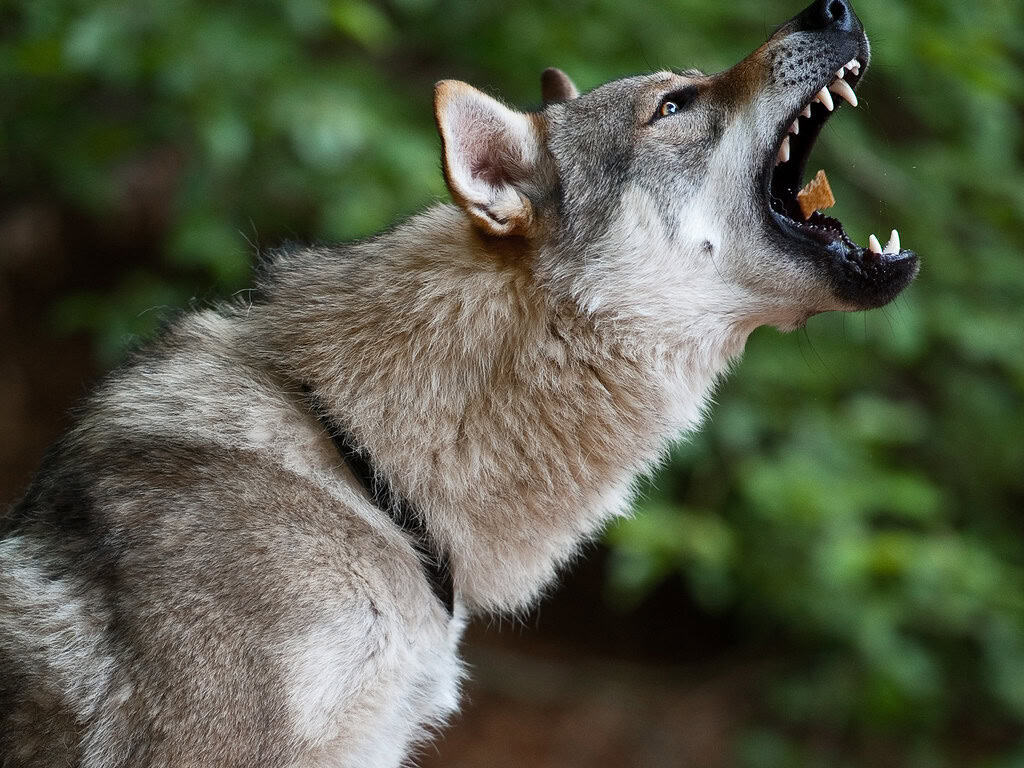
One of the most fascinating areas of wolf-dog hybrid research focuses on the genetics of domestication itself. Scientists studying canine genomics have identified a set of genes associated with the domestication process, collectively referred to as “domestication syndrome genes.” These include variants of the WBSCR17 gene, which influences social fear responses, and the SLC6A4 gene, which affects stress resilience. In wolf-dog hybrids, these genes typically show intermediate expression patterns, explaining why hybrids often display what researchers call “contextual tameness”—appearing dog-like in some situations but reverting to more wolf-like responses under stress or novel conditions. Recent research from the Max Planck Institute has identified specific genetic variants that influence how quickly animals habituate to human presence and their willingness to initiate contact with unfamiliar people. Wolf-dog hybrids demonstrate remarkable variation in these traits, even among siblings, highlighting the complex genetic architecture underlying the domestication process. This research provides evolutionary insights into how wolves transformed into dogs over thousands of years of natural and artificial selection, with hybrid genetics offering a living window into this ancient process.
Legal and Ethical Implications of Hybrid Research
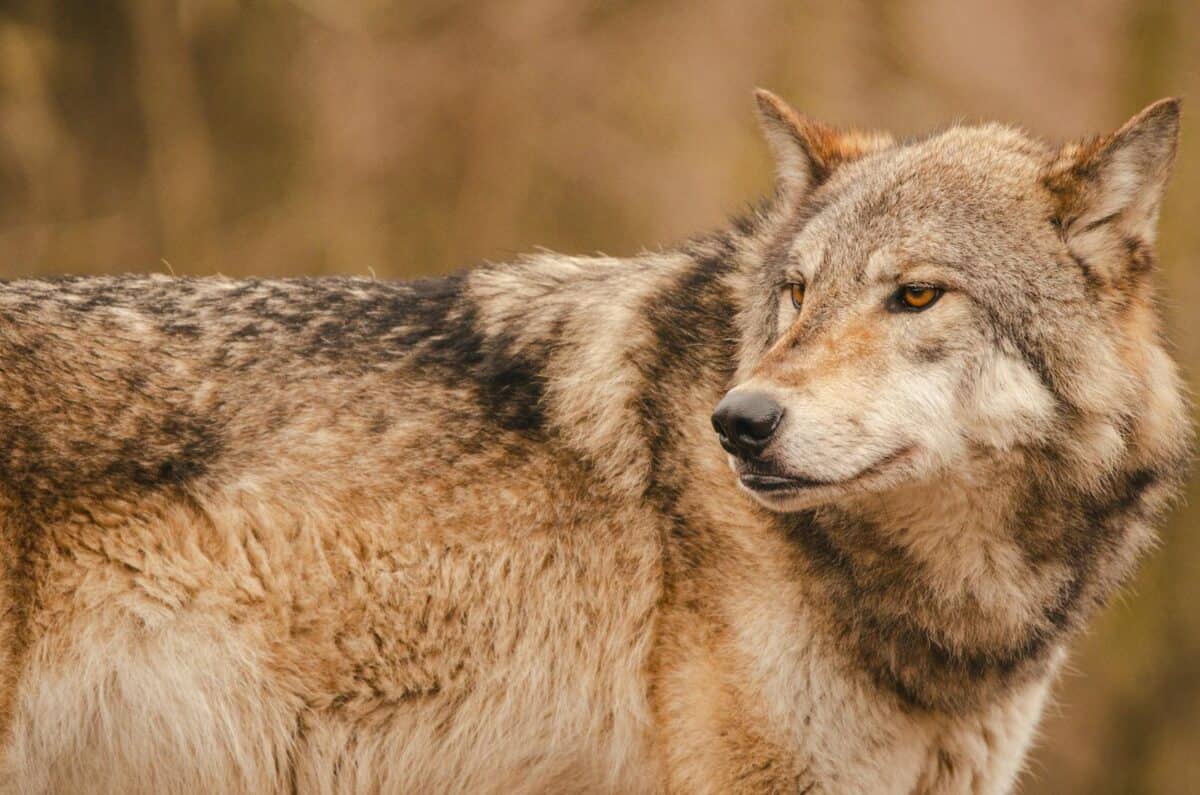
Genetic research on wolf-dog hybrids has significant legal and ethical implications. DNA testing can now determine wolf content percentages with high accuracy, directly impacting whether an animal is legal to own in various jurisdictions, as regulations often specify content thresholds (typically 25-50%). This scientific capability has created legal challenges, as owners may be unaware of their pet’s true genetic makeup until testing occurs, sometimes resulting in forced surrenders or relocations. Ethically, genetic research raises questions about creating animals with mixed wild and domestic instincts that may struggle to thrive in either human homes or natural environments. Studies examining quality of life metrics in hybrids have yielded mixed results, with evidence suggesting that high-content hybrids frequently experience stress in typical pet environments, regardless of owner dedication. Conservation geneticists have also raised concerns about breeding programs that maintain wolfdog lines, as escaped or released animals can introduce domestic genes into wild wolf populations. These multifaceted ethical questions demonstrate how genetic science intersects with animal welfare, conservation priorities, and human responsibility.
Conclusion and Future Research Directions

The genetic study of wolf-dog hybrids represents a dynamic and evolving field that continues to yield surprising insights into canine biology, evolution, and the domestication process itself. As genetic technology becomes more sophisticated, we can expect even more precise understanding of how specific genes influence physical, behavioral, and cognitive traits in these fascinating animals. Future research directions will likely include more detailed epigenetic studies, examining how environment and experience modify gene expression in hybrids, potentially explaining the significant variation observed even among animals with similar wolf content percentages. The emerging field of behavioral genomics promises to further unravel the complex connections between genes and behavior, perhaps eventually allowing predictions about behavioral tendencies based on specific genetic profiles. Whatever discoveries lie ahead, wolf-dog hybrids will continue to serve as living laboratories for understanding the genetics of domestication, offering valuable insights into one of humanity’s oldest and most significant relationships with another species.
- How Sea Lions Navigate Thousands of Miles Without Maps - August 9, 2025
- The Most Elusive Mountain Lions Roaming the California Wilderness - August 9, 2025
- Bald Eagles Are Now Nesting in the Most Unexpected States - August 9, 2025

